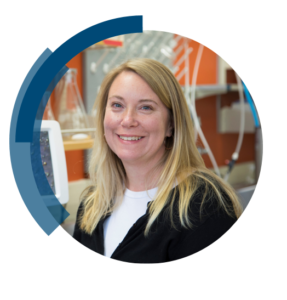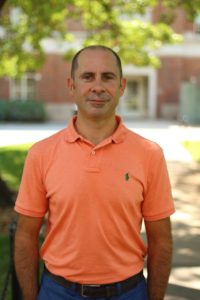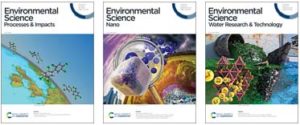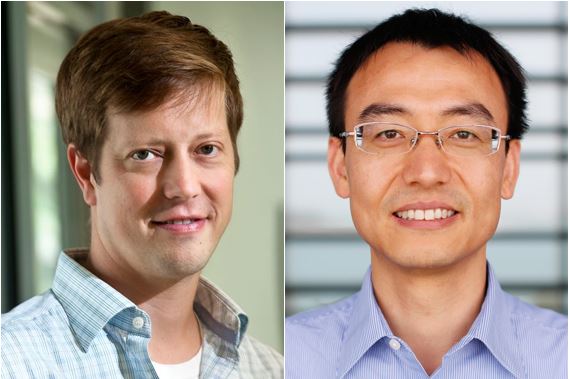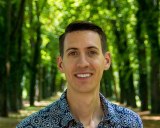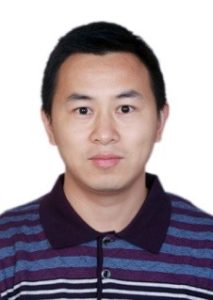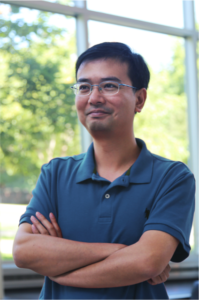 Dr. Xing Xie is an assistant professor and the Carlton S. Wilder Junior Professor in the School of Civil and Environmental Engineering at Georgia Institute of Technology. Prior to joining Georgia Tech, he was a postdoc at California Institute of Technology in 2014-2017. Dr. Xie received his B.S. (2006) and M.S. (2008) degrees in Environmental Science & Engineering from Tsinghua. He received his Ph.D. degree (2014) in Civil & Environmental Engineering and his second M.S. degree (2012) in Materials Science & Engineering from Stanford University. He has been applying environmental biotechnology and materials science to address challenges at the nexus of water and energy, such as developing low-cost water treatment technologies that improve global access to safe drinking water. He has published 50 peer-reviewed articles in leading journals, including PNAS, Energy & Environmental Science, and Nature Communications. His work has been cited over 5000 times with an H-index of 23. Dr. Xie is a recipient of the NSF CAREER award in 2019.
Dr. Xing Xie is an assistant professor and the Carlton S. Wilder Junior Professor in the School of Civil and Environmental Engineering at Georgia Institute of Technology. Prior to joining Georgia Tech, he was a postdoc at California Institute of Technology in 2014-2017. Dr. Xie received his B.S. (2006) and M.S. (2008) degrees in Environmental Science & Engineering from Tsinghua. He received his Ph.D. degree (2014) in Civil & Environmental Engineering and his second M.S. degree (2012) in Materials Science & Engineering from Stanford University. He has been applying environmental biotechnology and materials science to address challenges at the nexus of water and energy, such as developing low-cost water treatment technologies that improve global access to safe drinking water. He has published 50 peer-reviewed articles in leading journals, including PNAS, Energy & Environmental Science, and Nature Communications. His work has been cited over 5000 times with an H-index of 23. Dr. Xie is a recipient of the NSF CAREER award in 2019.
Read Xing Xie ’s Emerging Investigator Series article “Locally Enhanced Electric Field Treatment (LEEFT) with Nanowire Modified Electrodes for Water Disinfection in Pipes” and read more about him in the interview below:
Your recent Emerging Investigator Series paper focuses on Emerging investigator series: Locally Enhanced Electric Field Treatment (LEEFT) with Nanowire Modified Electrodes for Water Disinfection in Pipes. How has your research evolved from your first article to this most recent article?
The LEEFT technology for water disinfection was first demonstrated in the early 2010s at Stanford, although it was not given the name “LEEFT” until recently. As a Ph.D. student, I was involved in the development of the first-generation LEEFT devices. When I started my own lab at Georgia Tech in 2017, I believe the LEEFT technology can be transformative. Potentially, it will change our current water treatment strategies and infrastructure in many places at different scales. While, of course, before the practical application of this technology, there are still many challenges to be addressed. We are interested in all aspects of research on this technology. Currently, we mainly focus on mechanism study, electrode development, and system design. The work described in this most recent article is part of our effort on the system design of the LEEFT technology.
What aspect of your work are you most excited about at the moment?
I am excited about all the aspects of our work on the LEEFT technology.
In your opinion, what are the most important questions to be asked/answered in this field of research?
The existing LEEFT devices are like black boxes: Efficient microbial inactivation has been achieved when water flows through the device, but the detailed mechanism is not fully understood. Irreversible electroporation is believed to be the primary antimicrobial mechanism during the LEEFT. Electroporation is a physical process that should not result in any by-products. However, it is not clear whether irreversible electroporation can be the sole mechanism to achieve high inactivation efficiency. All the previous LEEFT experiments utilized electrodes that would release Ag or Cu ions. Even though the bulk Cu concentration in the effluent has been reduced to less than 5 µg/L, it is possible that such a small amount of Cu still contributes to the microbial inactivation. In addition, some other antimicrobial mechanisms may exist. Therefore, we are studying the mechanisms using a lab-on-a-chip LEEFT platform, which allows the in-situ observation of the microbes under a microscope during the LEEFT.
What do you find most challenging about your research?
One of the biggest challenges for the further development of the LEEFT technology is to obtain durable electrodes through a reliable and scalable fabrication method. When LEEFT devices can operate steadily for a long enough period, researchers around the world will be able to study the LEEFT from different aspects.
In which upcoming conferences or events may our readers meet you?
I plan to attend the Gordon Research Conference on Environmental Sciences: Water and the Sustainable Nanotechnology Organization (SNO) Conference in 2020.
How do you spend your spare time?
I would like to spend my spare time with my family and friends playing board games or traveling to national parks. I have been to more than half of the 61 national parks in the US.
Which profession would you choose if you were not a scientist?
Maybe a chef. I make nanomaterials for environmental applications. Cooking and material synthesis have so many similarities: you need to have the right ingredients, use the right hardware, follow the right procedure, and control the right condition in each step. While I am not always successful in making the desired nanomaterials, I usually quite enjoy the dishes I cook.
Can you share one piece of career-related advice or wisdom with other early career scientists?
Work on something unique, so you will be a leader rather than a follower.














